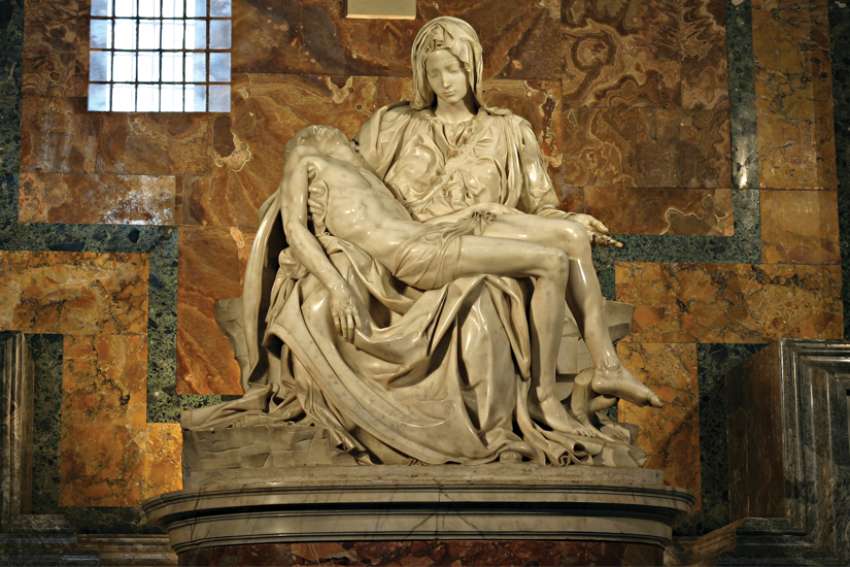The story was eye-catching. In December 2020, the Australian financial crime agency AUSTRAC (Australian Transaction Reports and Analysis Centre) reported that between 2014 and 2020, $2.3 billion (AU) had been transferred from the Vatican to Australia in some 40,000 transactions.
Had the Aussies stumbled upon a massive criminal scheme, with nefarious Vatican officials in cahoots with the shadowy Down Under underworld?
Of course not. In January, AUSTRAC reported that —whoops! — it had bollixed up its computer coding. So much so that the actual figures were 362 transfers for $9.5 million (AU) over seven years. And that money was well-accounted for, mostly related to capital and operating costs of the apostolic nunciature and other Vatican projects.
AUSTRAC had overestimated the amounts by a factor of nearly 250. Yet before the correction was announced, credible outlets reported the “news,” even though it was manifestly false.
Why? Because the Vatican doesn’t have that much money. Its total assets are around 1 billion euro, and its annual budget is about 300 million euro. It couldn’t have transferred all that money to Australia if it wanted to.
Those are publicly-available figures. For comparison, the annual budget of the City of Toronto in 2020 was $13.5 billion. If it was reported that Toronto has transferred some $60 billion over seven years to Australia, would it not have been declared immediately an impossibility? It simply could not have been done.
Even if stealthy cartels or mafia figures had managed to use transfers to launder their money, could it really have been done to that magnitude?
The original AUSTRAC report alleged an average of 15 transactions per day for seven years. By its own standards, would AUSTRAC not have wondered about such a high volume of transactions coming from the tiny Vatican City micro-state?
Perhaps it was all an innocent mistake, cleared up too late. But there are a few warnings here for digesting media reporting on the Vatican.
The first is that a great many journalists simply have no knowledge of how the Vatican or the Catholic Church works, and so are ready to publish the most fanciful accusations that reinforce widespread stereotypes. One of those — often promoted by anti-Catholic voices — is of vast Vatican riches.
The second is that the Vatican is a tiny player in the world of international finance. The sweeping financial reforms begun under Benedict XVI and accelerated by Pope Francis are important for the Church’s integrity, but we are dealing with sums that would be considered rounding errors in most national exchequers.
The third is that even in the Catholic world, Vatican resources are not that impressive. The Knights of Columbus insurance arm manages investments of some $25 billion (US). That is money that is managed, largely for others, in the context of insurance. The University of Notre Dame has an endowment of $8.6 billion (US), which is money in its own piggy bank, as it were. The Jesuit Georgetown University’s endowment of $1.5 billion (US) is larger than the Vatican’s liquid cash assets.
By way of comparison, the University of Pennsylvania has an endowment of about $10.1 billion (US), Stanford about $22.2 billion (US) and Harvard about $36.5 billion (US).
Many of the world’s billionaires could fund the Vatican’s annual budget out of their chequing accounts.
What about those priceless works of art, including St. Peter’s and the Sistine Chapel? Those would fetch a pretty penny, no? Perhaps Jeff Bezos could set up an Amazon distribution centre in the Vatican basilica. (Actually, he couldn’t. The world’s largest church is far too small for his needs.)
That’s the fourth lesson. The Vatican enters St. Peter’s, the Sistine Chapel and all the art in the Vatican museums on its books at a monetary value of one euro. Why? Because these are priceless and not for sale, hence they have no value in sale or exchange. Something that is never for sale has no price.
Indeed, the Vatican considers itself less the owner of its artistic heritage, and more a custodian for works that belong to the patrimony of the entire human race. And that is true. If any corporate entity owned those treasures, they would be far less accessible to ordinary people, to say nothing of the poor, who are able to look upon Michelangelo’s Pieta just as easily as Jeff Bezos.
Vatican financial reform is important for the Catholic Church, but in scale, it is completely irrelevant in the world of global finance.
(Fr. de Souza is editor-in-chief of Convivium.ca and a pastor in the Archdiocese of Kingston.)

